Prowler or Phaeton, Fleetwood or Fun Finder, no matter how much money you spend on a fiberglass RV, the sad truth is that other than the million-dollar motorcoach, they’re all put together with staples and glue. And when the factory workers don’t use enough glue, RV sidewall delamination happens.
RV sidewall delamination. Ouch!
What is RV sidewall delamination?
RV walls are constructed like a sandwich. Lay two slices of bread on a cutting board, stuff some hearty eats on one slice, lay the other one on top, and like magic, you’re in a happy place. RV factories make RV walls in a similar manner as shown in this illustration:
RV walls are made like sandwiches. With glue instead of mayo.

In earlier times, all RVs were made with metal exterior walls. But once RV manufacturers discovered cost benefits and production ease of crafting rigs with fiberglass walls, most switched to these new materials.
Over time, RV makers discovered that if inadequate amounts of glue were used to attach the outer fiberglass wall to the RV frame, water can get inside and turn an RV wall “sandwich” into a soggy, moldy and irreparable mess.
Mold eats wood. It’s that simple.
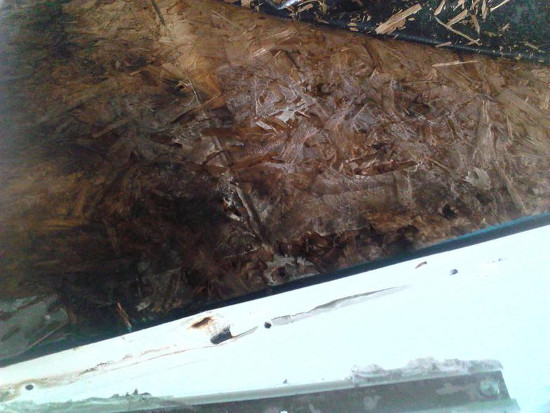
Typically water intrudes where the sidewall joins the roof, or at window sills. Once it’s inside, owners may not see it for years. Once they recognize RV sidewall delamination, they realize that it’s difficult, expensive, and often impossible to fix.
What does RV sidewall delamination look like?
If you are shopping for a used RV, it’s critical to know what RV sidewall delamination looks like. Walk around the RV and pay attention to the side, front, and rear walls. The fiberglass should be flat and smooth. If you notice any waves, bubbles or creases in the sidewalls, you are looking at RV sidewall delamination.
You don’t want to buy this camper.
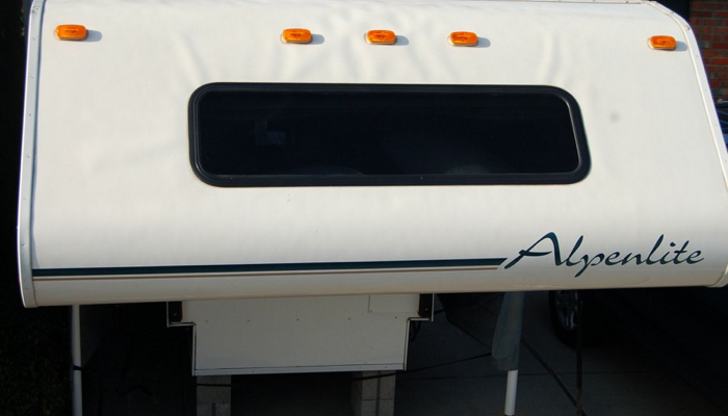
If that happens, turn around and run. Fast. You do not want to buy an RV with delaminated sidewalls, the repair costs won’t justify even the lowest priced RV. Here’s why:
There’s a saying among RV repair shops: “The worst leak you’ll ever have is the one you can’t see.” That’s because when water gets into an RV’s sidewalls, it’s a slow process of destruction that will eventually wreak havoc with the structural integrity of the rig itself. If the damage remains unseen, it can create mold spores that feast on the wood, cause health problems for the inhabitants, and generally destroy an RV to the point of no return. By the time it’s visible, repairs may be off the table.
What if you spot RV sidewall delamination?
If you suspect your own RV has sidewall delamination happening, the bad news is RV sidewall delamination is usually not covered by RV insurance companies or extended warranties. That’s because in addition to the glue used during the manufacturing process, preventing sidewall water intrusion is also up to RV owners: periodic resealing of RV wall and roof seams is critical.
RV sidewall delamination repair patch kits are available, but they are band-aids at best and unless you’re an expert at RV body repairs, the patch work will show and cracks will soon reappear.
The good news is that RV sidewall delamination repair experts might be able to help. But be prepared for sticker shock: the cost of repairing RV sidewall delamination can run into the thousands of dollars. These expert repair shops will be able to tell you if it’s even worth it to attempt a repair, or just ditch the RV altogether for a new one.
The reality of being an RVer is this: when you buy one, keep in mind that most fiberglass RVs are not meant to stand up to decades of being pelted by water, wind, and snow. Delamination or not, eventually all RVs end up in the graveyard.

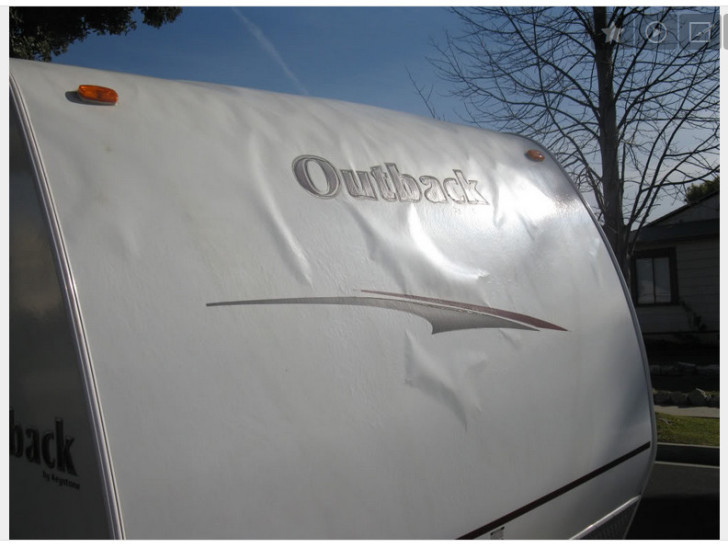
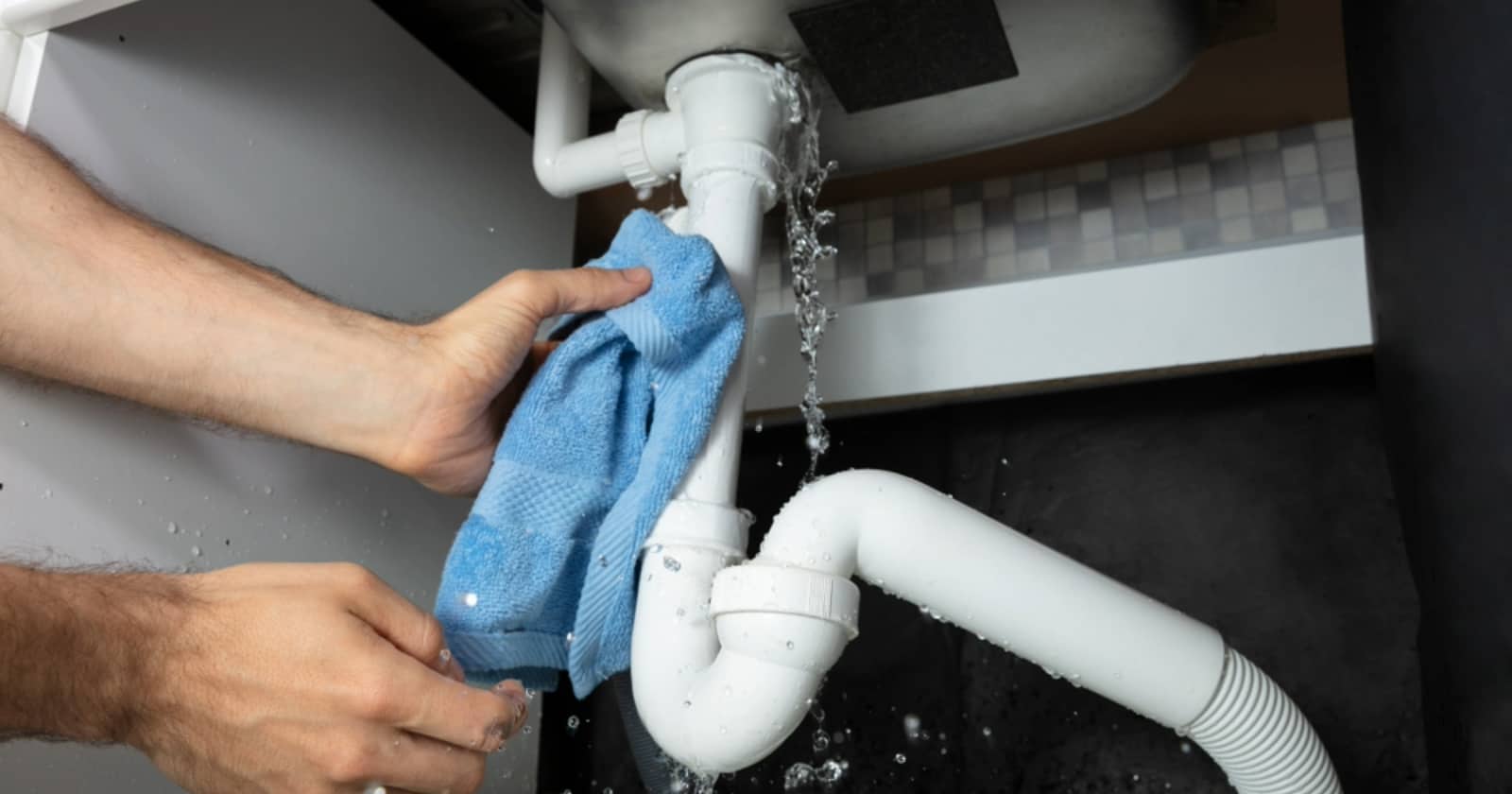
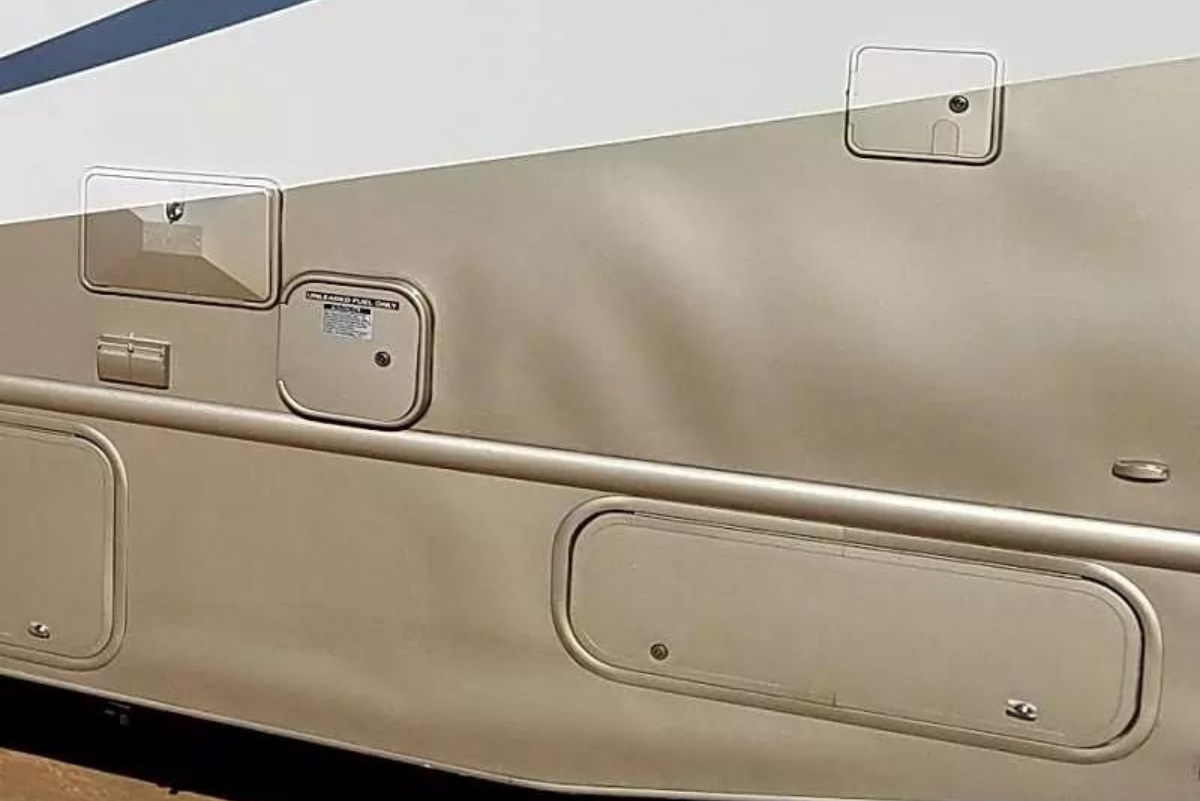
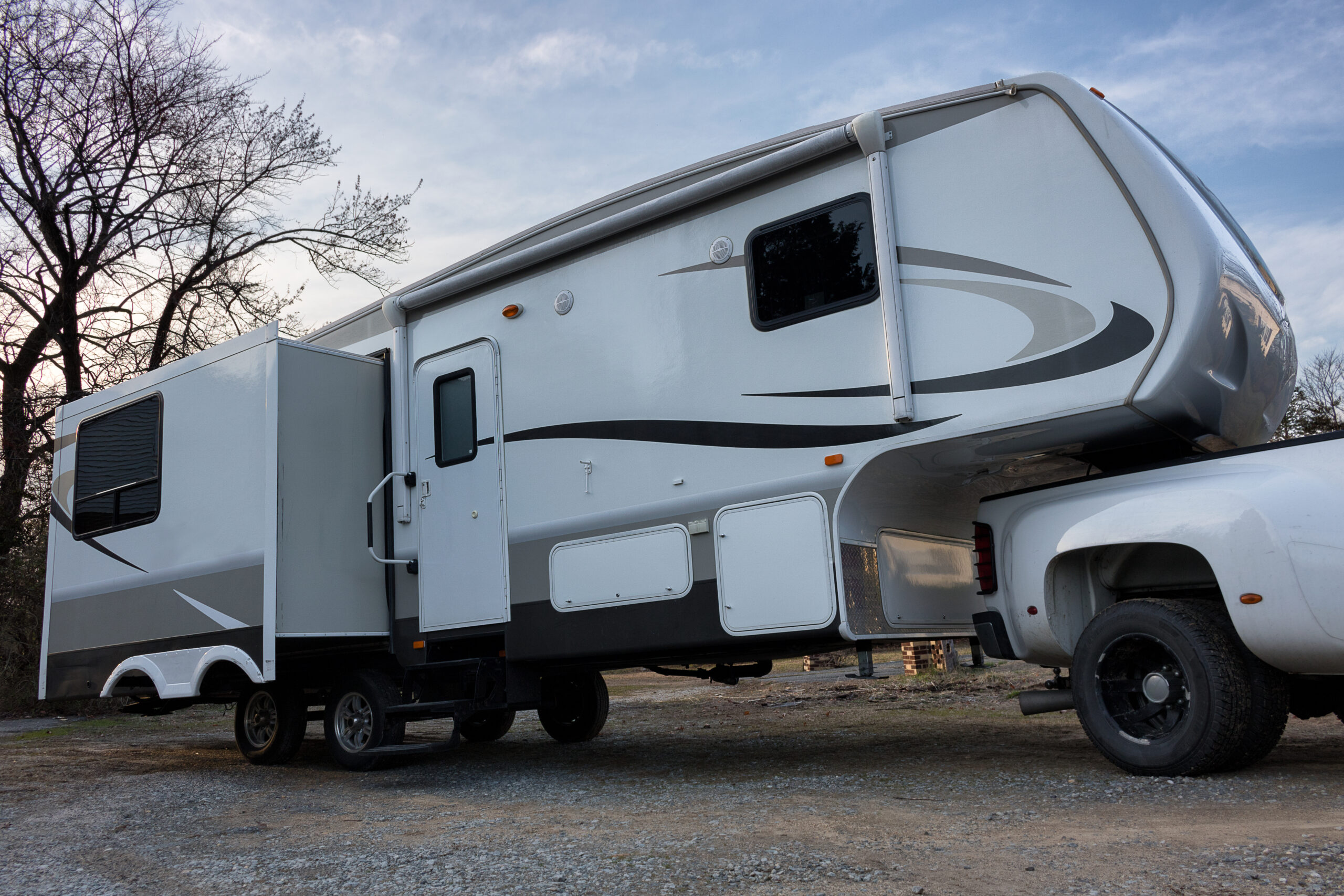
Here’s a thought…buy high quality seamless constructed rvs. There are not that many and built to last and all have some small areas of potential leaks..buyers habits usually steer the market to meet demand. Examples: all fiberglass and or aluminum trailers like camplite, Oliver, Coach House, Liesure Travel, etc.
Thanks for the tip Rod. That’s a small price to pay for keeping your RV walls together and avoiding a delamination catastrophe. When you recaulk, do you do every seam or just the ones that look like they might need it? And what kind of caulk do you use?
Your story was interesting, May I say from some of the RV’s I have looked at over the years a large number have delamination because there isn’t enough simple maintenance done such as calking. I spend about $50 re-calking every year and inspecting frequently. In the long run it will save a lot on rebuilding. When buying a new RV I would say that as an owner you should inspect all seams and be prepared to caulk. There are a lot of dealers that appear to believe that since a RV is new they don’t need to inspect the units properly before delivery.